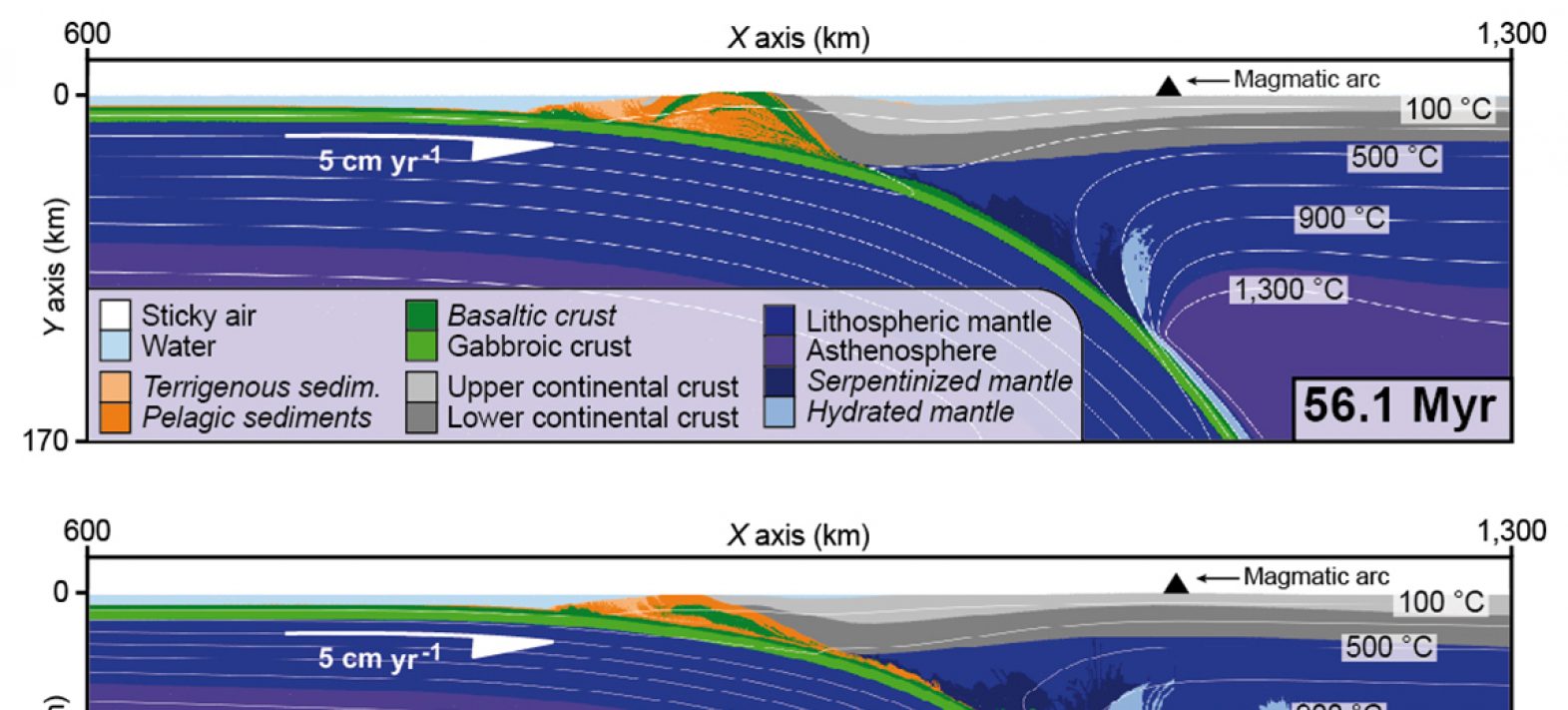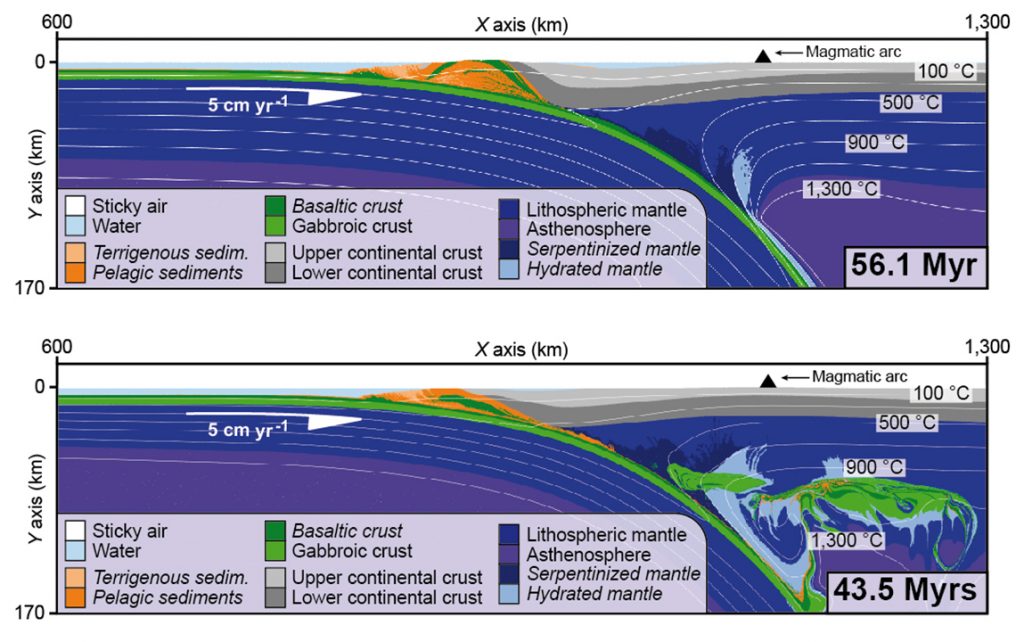Towards a better understanding of mega-earthquake triggering mechanisms
In a recently published study, IPGP researchers and their colleague show that fluid pressure variations in subduction zones control, over the long term, the power of mega-earthquakes and the dynamics of deep accretion.

Publication date: 09/10/2019
Press, Research
Related teams :
Tectonics and Mechanics of the Lithosphere
Related themes : Earth and Planetary Interiors, Natural Hazards








